A unique oasis in the middle of the desert, Ein Gedi Nature Reserve looks like a dream. With stunning landscapes, meditation-inspiring grounds, hiking trails, streams, waterfalls, wildlife (home to ibexes and rock hyraxes) – and even some biblical history – it’s a sight for sore eyes and tired minds. Located on the eastern shore of the Dead Sea, the spectacular Ein Gedi National Park might not be big in size but it’s huge on adventure. Below you’ll find a complete Ein Gedi nature guide for the trails, the scenery, location, and what to expect.
Ein Gedi Trails and Caves
From the Ein Gedi waterfall (Nahal David) to the world-famous Ein Gedi trails, here we’ll cover all the places you should see and experience in this area. There’s really just a lot to explore, from the Ein Gedi Spring to the caves of Ein Gedi, so let’s break it down by areas of interest.
Love to walk and hike? Ein Gedi has 5 steep trails that are perfect for the experienced hiker. They all climb from the Ein Gedi oasis to the plateau above:
- Mount Yishay Ascent
- Ein Gedi Ascent
- Bney Ha’Moshavim Ascent
- Essene Ascent
- Tsruya Ascent
Each trail has a different history and a different vibe. There are also several Ein Gedi Oasis Water Hikes – not to be missed.
If you’re a resilient hiker, you should see the Dry Canyon. It’s a section of the David Stream right above the spring. It’s actually a dry canyon, like its name suggests, with no running water, but it has some small basins that hold rain and floodwater, especially during winter, creating a gorgeous view.
Want to explore the hidden side of Ein Gedi? With mysterious cliff-side caves, the area is sure to pique your interest. Cave entrances also make for great resting spots, especially if you’re on a long hike. Moringa, Mikveh, and Dudim Caves are the three must-see caves.
Into history? You’ll want to visit the Chalcolithic temple. There, you’ll see the ruins of an ancient temple from over 5,000 years ago. Into biblical history? Visit Tel Goren. It contains the remains of settlements from the Iron Age, the Persian period, the Hellenistic period, and the Roman period.
From the Ein Gedi waterfall (Nahal David) to the world-famous Ein Gedi trails, here we’ll cover all the places you should see and experience in this area. There’s really just a lot to explore, from the Ein Gedi Spring to the caves of Ein Gedi, so let’s break it down by areas of interest.
Love to walk and hike? Feel the energy of the earth through your feet?
Ein Gedi has 5 steep trails that are perfect for the experienced hiker. They all climb from the Ein Gedi oasis to the plateau above – Mount Yishay Ascent, En Gedi Ascent, the Bney Ha’Moshavim Ascent, the Essene Ascent, and Tsruya Ascent.
Each trail has a different history and a different vibe. There’s also the Ein Gedi Oasis Water Hike – not to be missed.
If you’re a resilient hiker, you should also see the Dry Canyon. It’s a section of the David Stream right above the spring.
It’s actually a dry canyon, like its name suggests, with no running water, but it has some small basins that hold rain and floodwater, especially during winter, creating a gorgeous view.
Into history? You’ll want to visit the Chalcolithic temple. There, you’ll see the ruins of an ancient temple from over 5,000 years ago. Into biblical history? Visit Tel Goren. It contains the remains of settlements from the Iron Age, the Persian period, the Hellenistic period, and the Roman period.
Wadi Arugot
Image by: Matan Bogomolsky- Israel Nature and Parks Authority
Wadi Arugot is a 6.9km hiking trail that runs along the length of the Nahal Arugot or Arugot Stream. Hikers start near the upper reaches, which is above the Hidden Waterfall and includes the Upper Pools. Wadi Arugot trail is rich in vegetation, offering a perfect introduction to the flora of the area. On the trail, you can linger and enjoy yourself in the small pools.
Nahal David
David Waterfall (Nahal David in Hebrew) is a beautiful year-round flowing waterfall. At the head of it is the small, intimate, and beautiful Dudim Cave. Parts of this cave are out in the sun, creating a captivating atmosphere and providing some sunlight to bask in.
Then there’s the spectacular “Window” Waterfall – you’ll witness the canyon walls forming a naturally sculpted window from which you can peek to the world outside.
You can access both waterfalls and the cave by a hiking trail.
Ein Gedi Wildlife
Ein Gedi Israel National Park is home to the area’s threatened plants and animals. Ein Gedi wildlife includes Nubian ibexes, hyraxes, foxes, hyenas, and leopards on the ground, and hawks, storks, songbirds, quails, and doves in the skies, in addition to 200 additional species during migration periods. Make sure to have your camera ready as ibexes and hyraxes are frequently spotted along the way. Vegetation includes Sodom apple, acacia, jujube, and poplar.
Image by: Matan Bogomolsky- Israel Nature and Parks Authority
Ein Gedi National Park – Parking and Entrance Fee
Ein Gedi Nature Reserve Israel is very easy to get to – simply put Ein Gedi Nature Reserve in your navigation app and follow the directions. It’s on Road 90, some 50 km from Almog Junction, and 60 km from the town of Arad.
Ein Gedi National Park parking
Ein Gedi parking is free! There’s always ample space, especially by the Wadi Arugot entrance and the Nahal David entrance which are the two main entrances.
Ein Gedi National Park Entrance Fee
The Ein Gedi entrance fee depends on your age, and whether you’re visiting as part of a group or single.
- Single adults: Ein Gedi Nature Reserve entrance fee is 28 NIS (New Israeli Shekels) for a single adult, which is equivalent to around €7 or $8.30.
- Groups and Students: If you’re an adult visiting as part of a group or a student, you’ll pay 24 NIS, equivalent to €6 or $7.10.
- Children: For children, it’s half the price.
With so much convenience and so many breath-taking natural wonders to see, Ein Gedi Nature Reserve is an absolute must-visit. Even just a short hike can lead you to a beautiful oasis, hidden caves, waterfalls, streams, and more. Explore the miracle that is the Ein Gedi Dead Sea region, as this area cannot be matched with anything else you have ever witnessed.
Disclaimer: Please visit Ein Gedi National Park and enjoy its trails at your own risk. It’s your responsibility to understand and comply with all applicable laws and regulations concerning the visit of the area.
Other suggested places worth visiting in Ein Gedi:
Frequently Asked Questions about Ein Gedi Nature Reserve
- Q: Is Ein Gedi Nature Reserve suitable for families with young children?
A: Ein Gedi offers a variety of activities suitable for families with young children, such as easy hikes, swimming in natural pools, and animal spotting. - Q: Are there any safety precautions I should take when visiting Ein Gedi Nature Reserve?
A: Visitors should be aware of the desert environment, including the possibility of flash floods and extreme temperatures. Always bring plenty of water, sunscreen, and appropriate footwear. - Q: Can I visit Ein Gedi Nature Reserve independently, or do I need to join a tour?
A: Visitors can visit Ein Gedi Nature Reserve independently, but guided tours may offer additional insights and information.
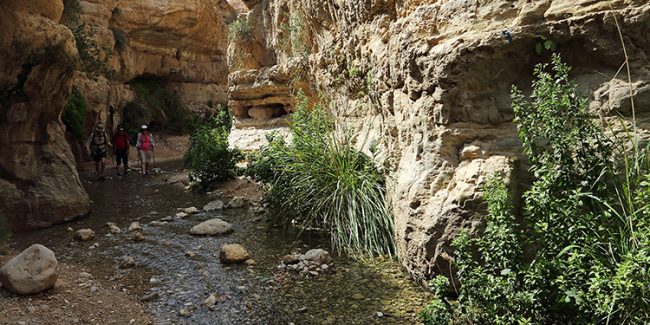
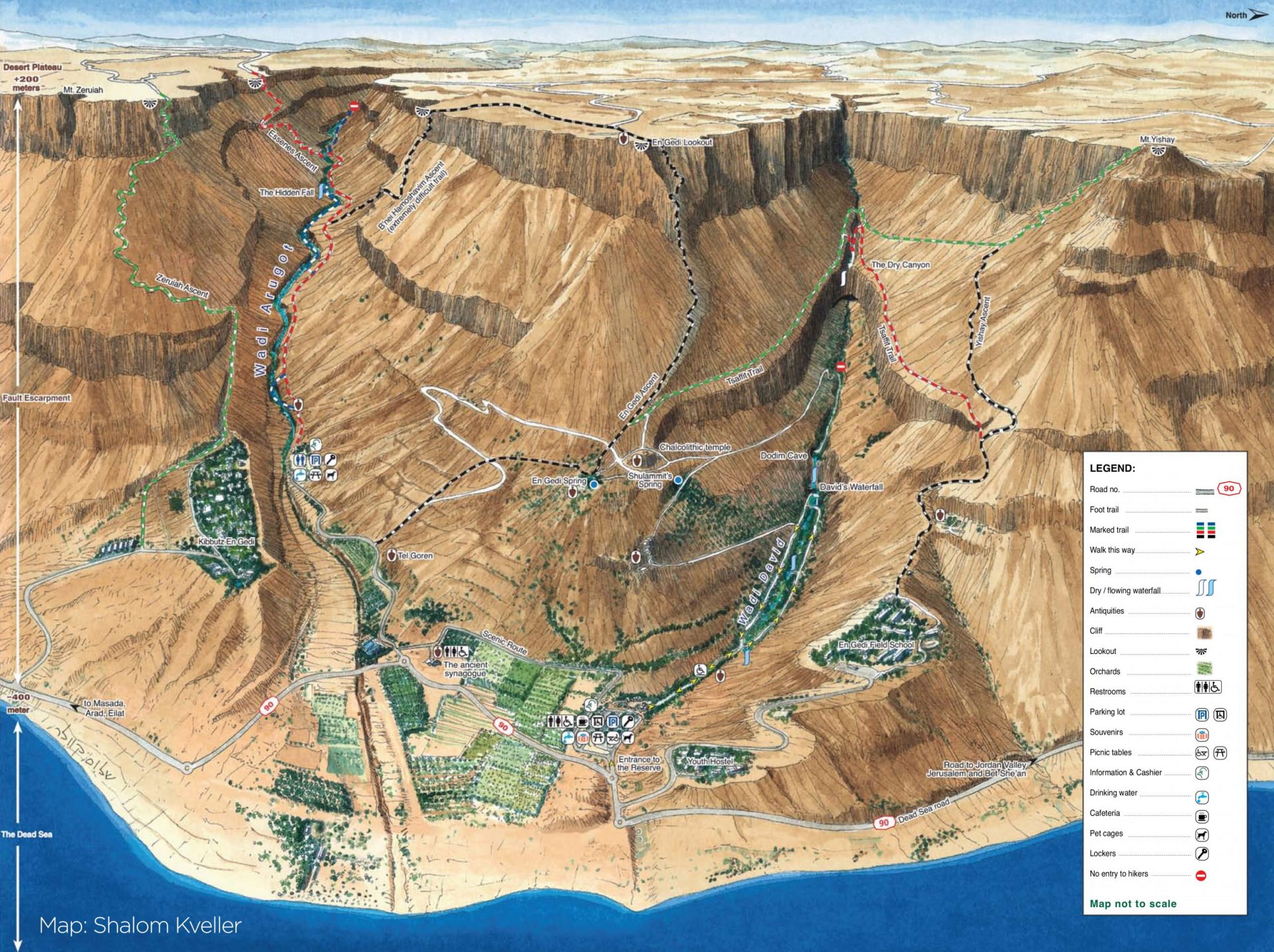
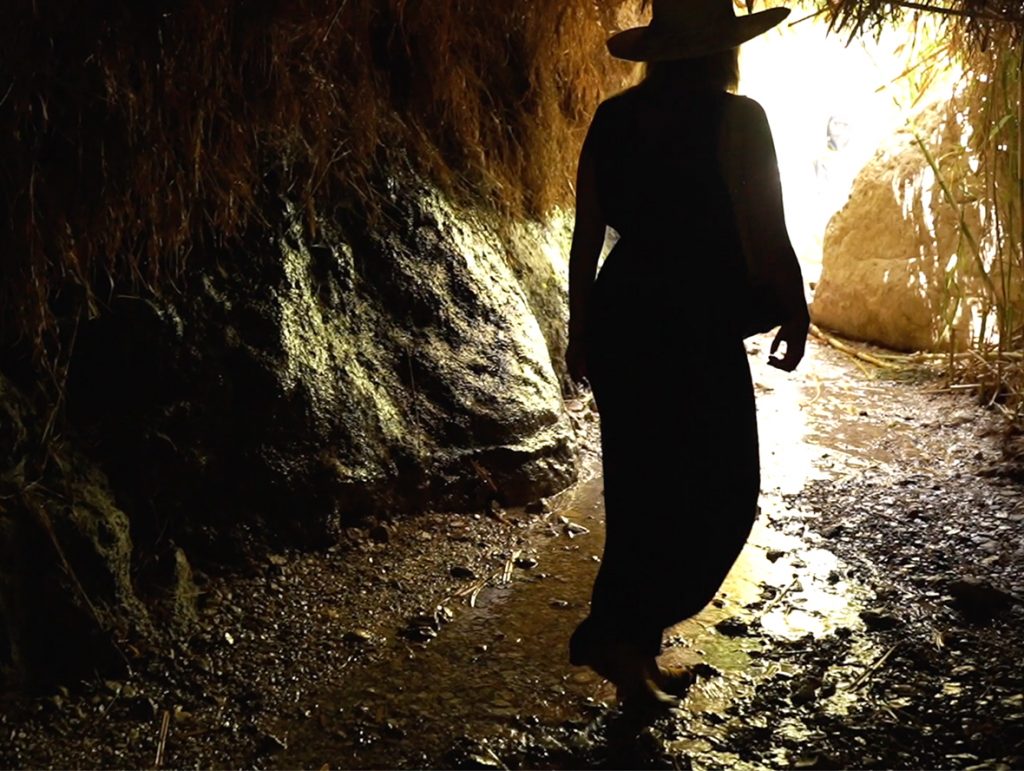
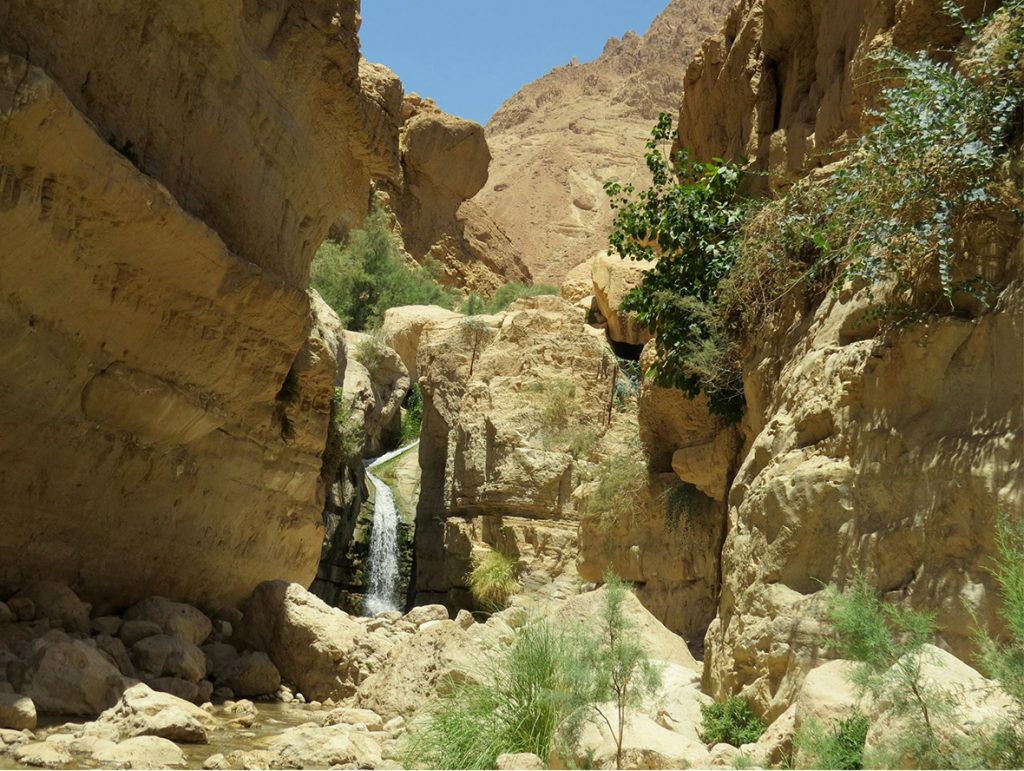 Image by: Matan Bogomolsky- Israel Nature and Parks Authority
Image by: Matan Bogomolsky- Israel Nature and Parks Authority
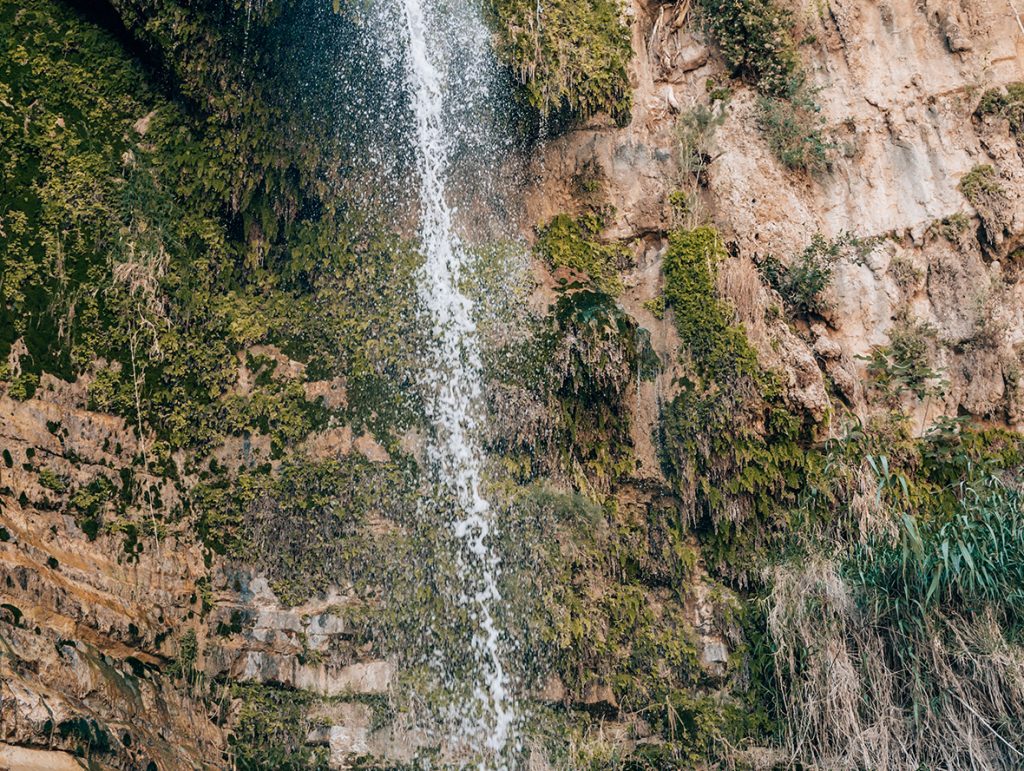
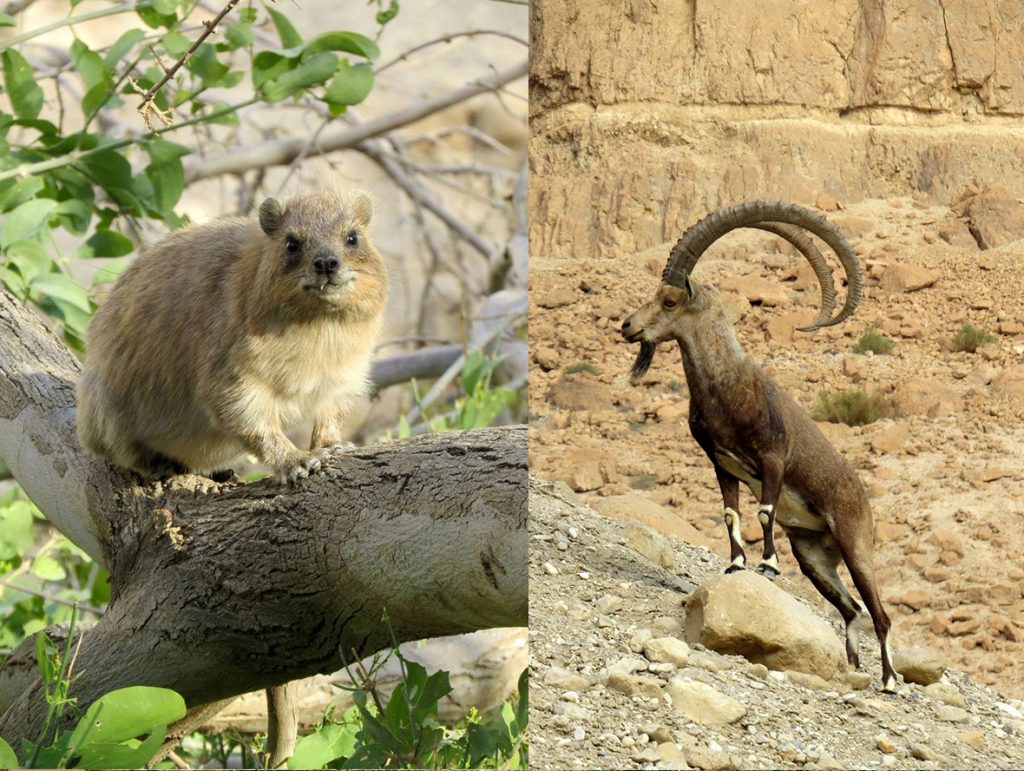 Image by: Matan Bogomolsky- Israel Nature and Parks Authority
Image by: Matan Bogomolsky- Israel Nature and Parks Authority